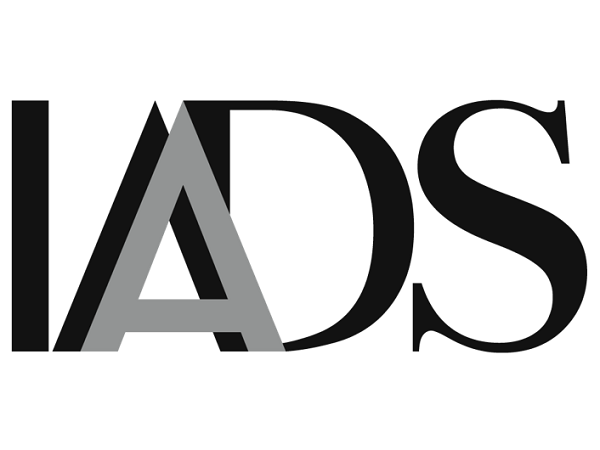
Diversity: a strategy of silence
Recent events of 2020 including protests around the world have highlighted a a long-felt sense of injustice that has found an echo so deep that it has forced media, businesses and politics into a frenzy of self-justification and defensive posturing.
The reaction has some things in common with the viral spread of the MeToo movement three years ago following the revelations of harassment and sexual abuse by Harvey Weinstein.
Any imbalance in employment of different social groups represents potential waste of talent as employees at all levels may be excluded in spite of their high ability. A number of reports have considered this angle and by and large link lack of diversity to underperformance: the World Economic Forum argues that “diversity brings many advantages to an organization: increased profitability and creativity, stronger governance and better problem-solving abilities”. BCG claim that “diverse leadership teams boost innovation”; and for McKinsey, “many successful companies regard I&D (inclusion and diversity) as a source of competitive advantage”.
At the present moment, racial diversity is under the spotlight. It is a perfect moment to learn that our customers are diverse beyond simply age, and if we are to keep them, we will need to cater to that diversity, whether ethnic, gender, sexual, disability or other. We will not have the means to do so successfully if we rely on a traditional uniform leadership. “To start building diverse senior teams for the future, retailers need to take deliberate and proactive action” …. Only this “will ensure the pipeline is filled with leaders of the future”.
IADS provides its members with a weekly in-depth analysis on retail-oriented topics. This is an example of the themes the Association regularly addresses, and the topic of an article from the IADS members-only newsletter date 21 July 2020.


